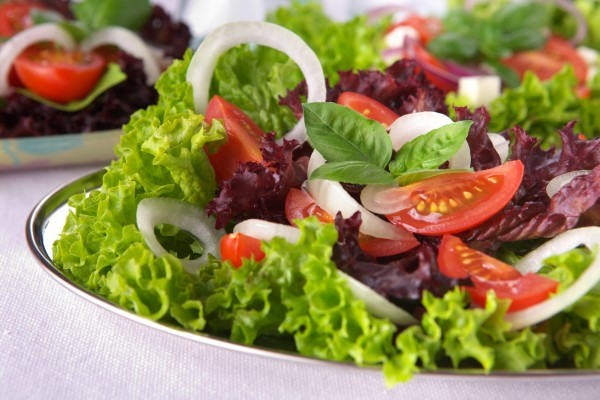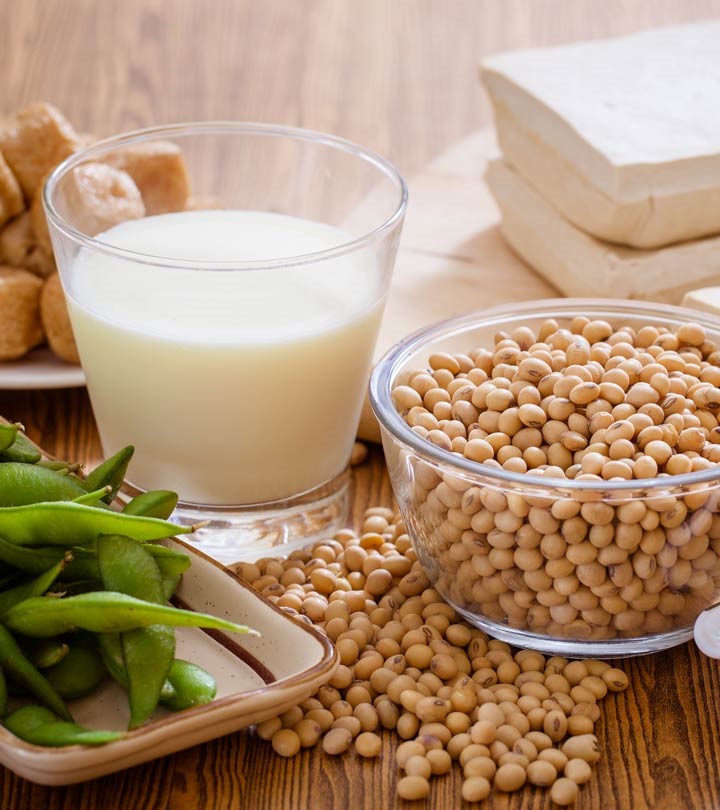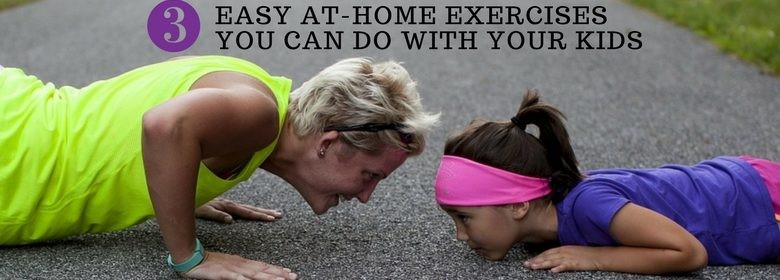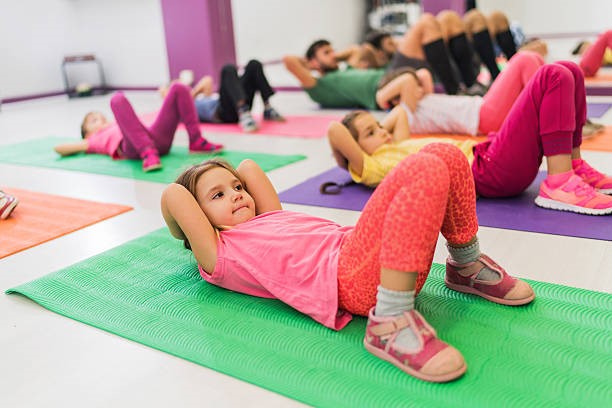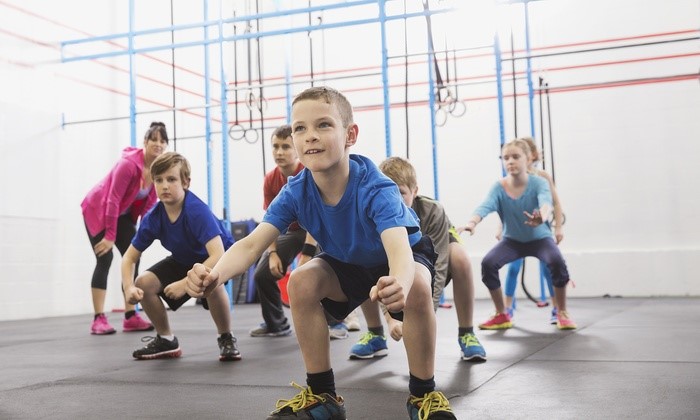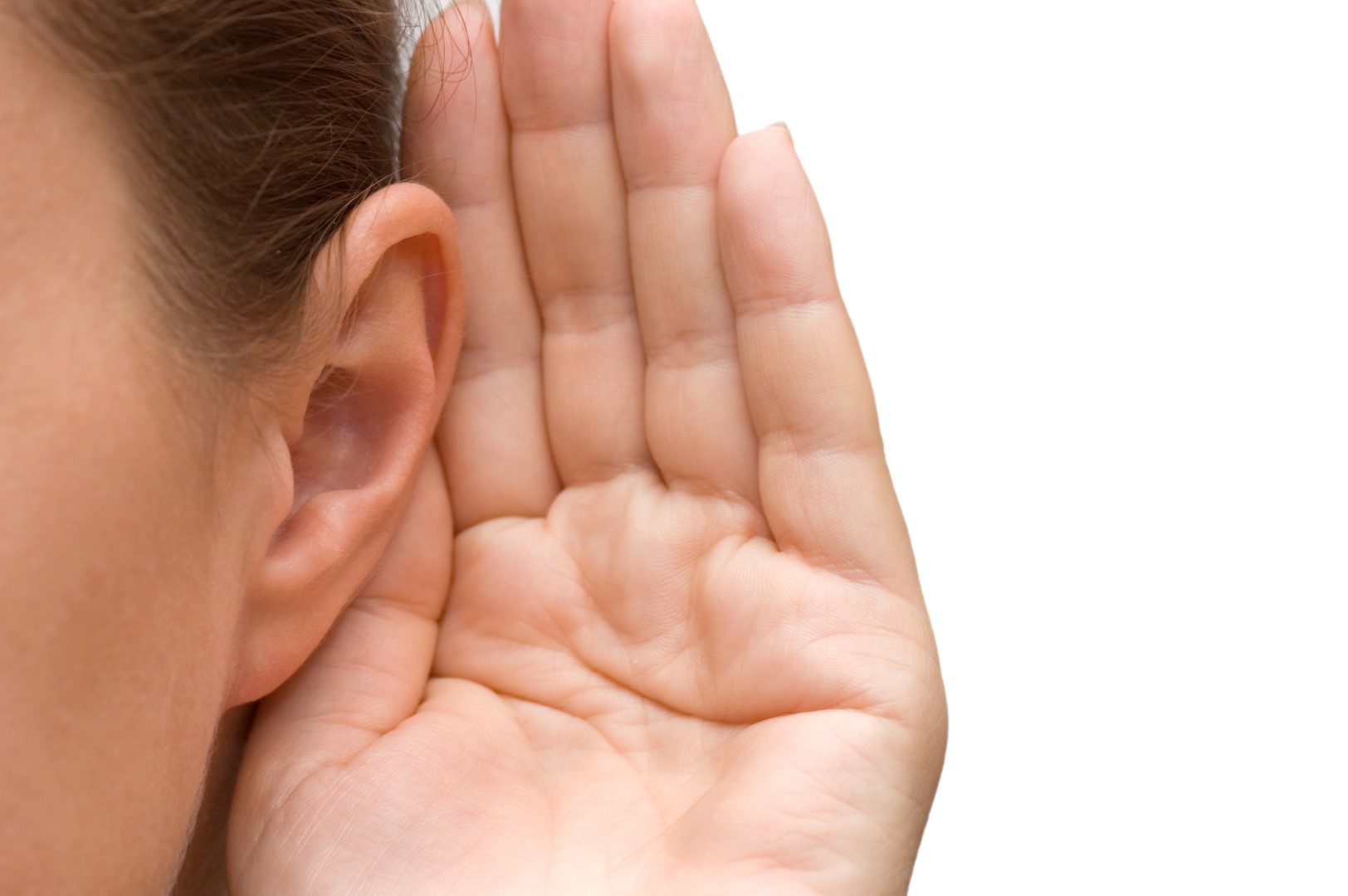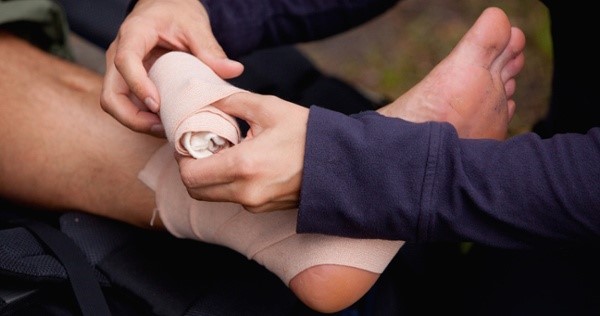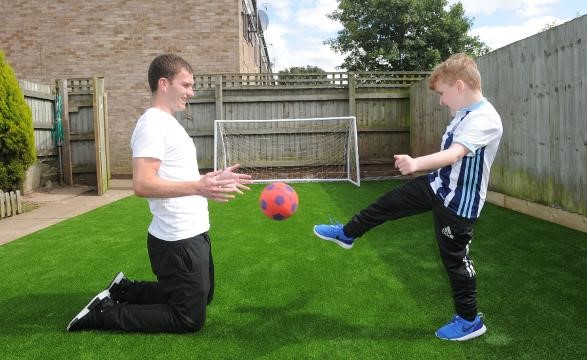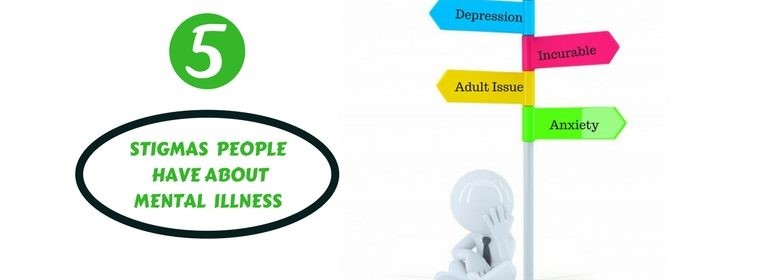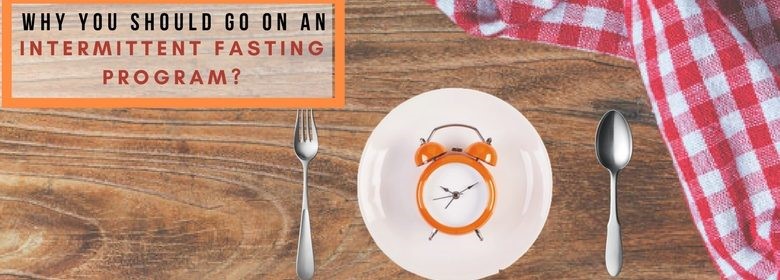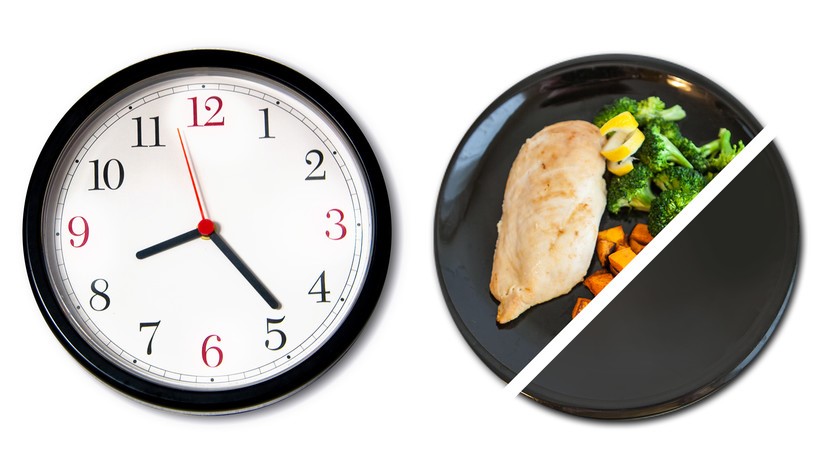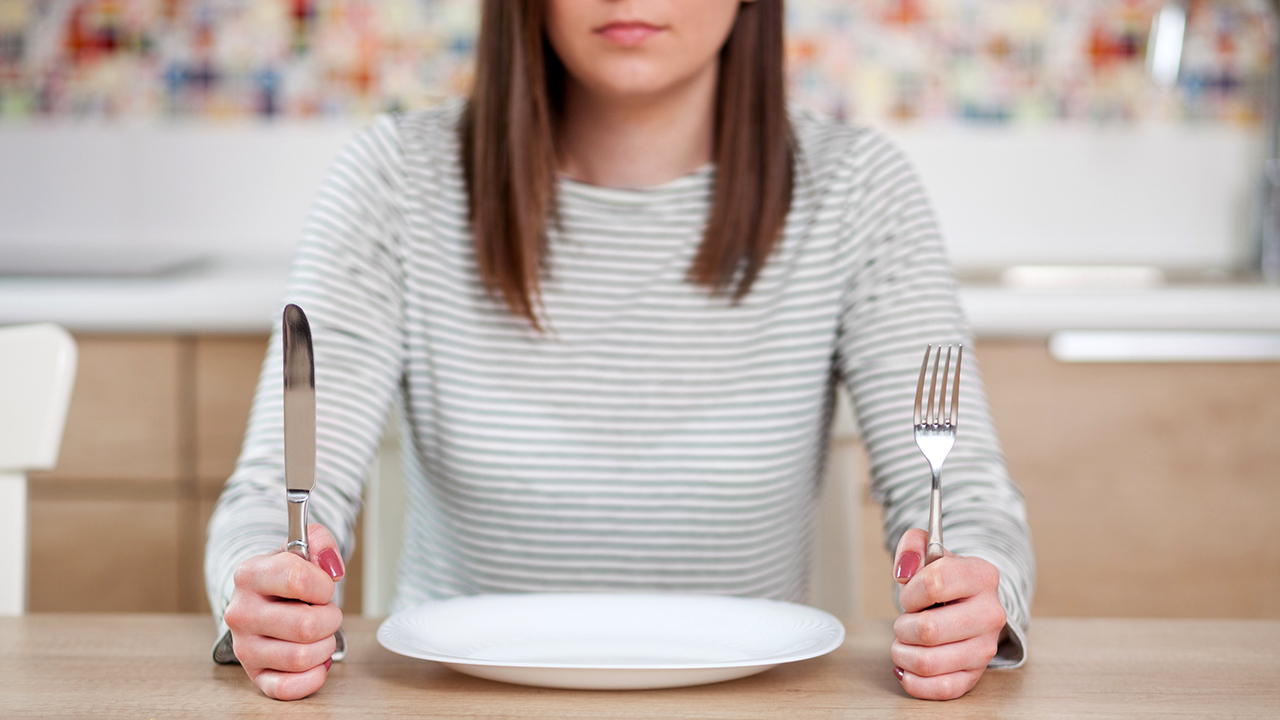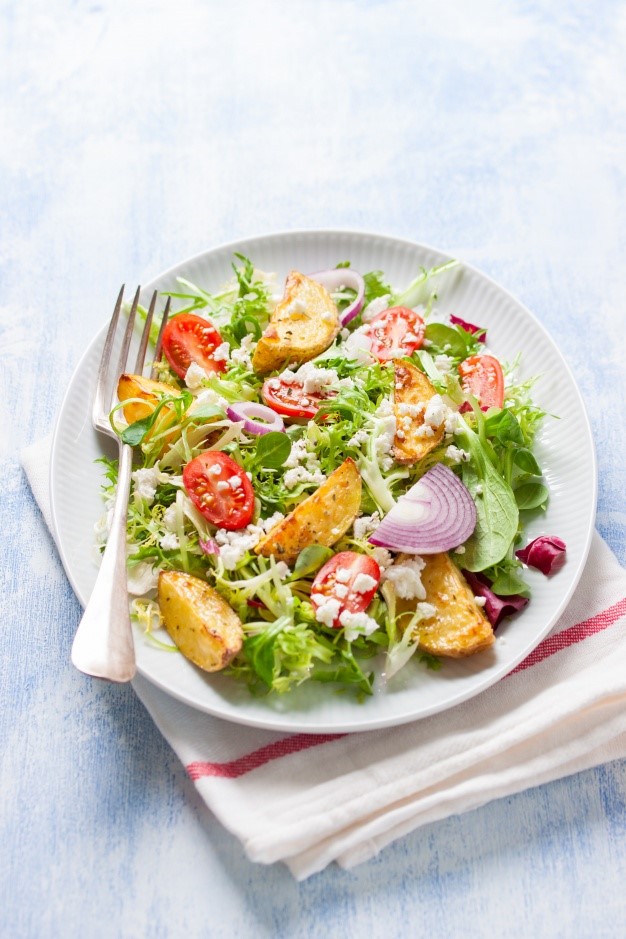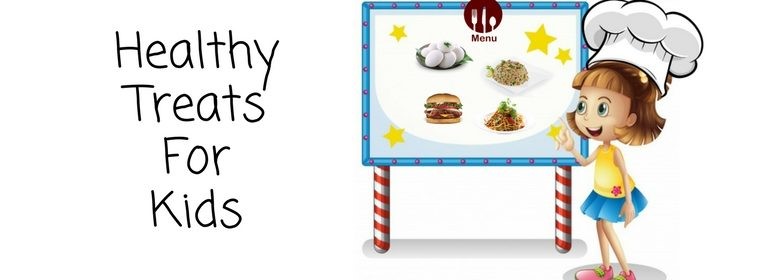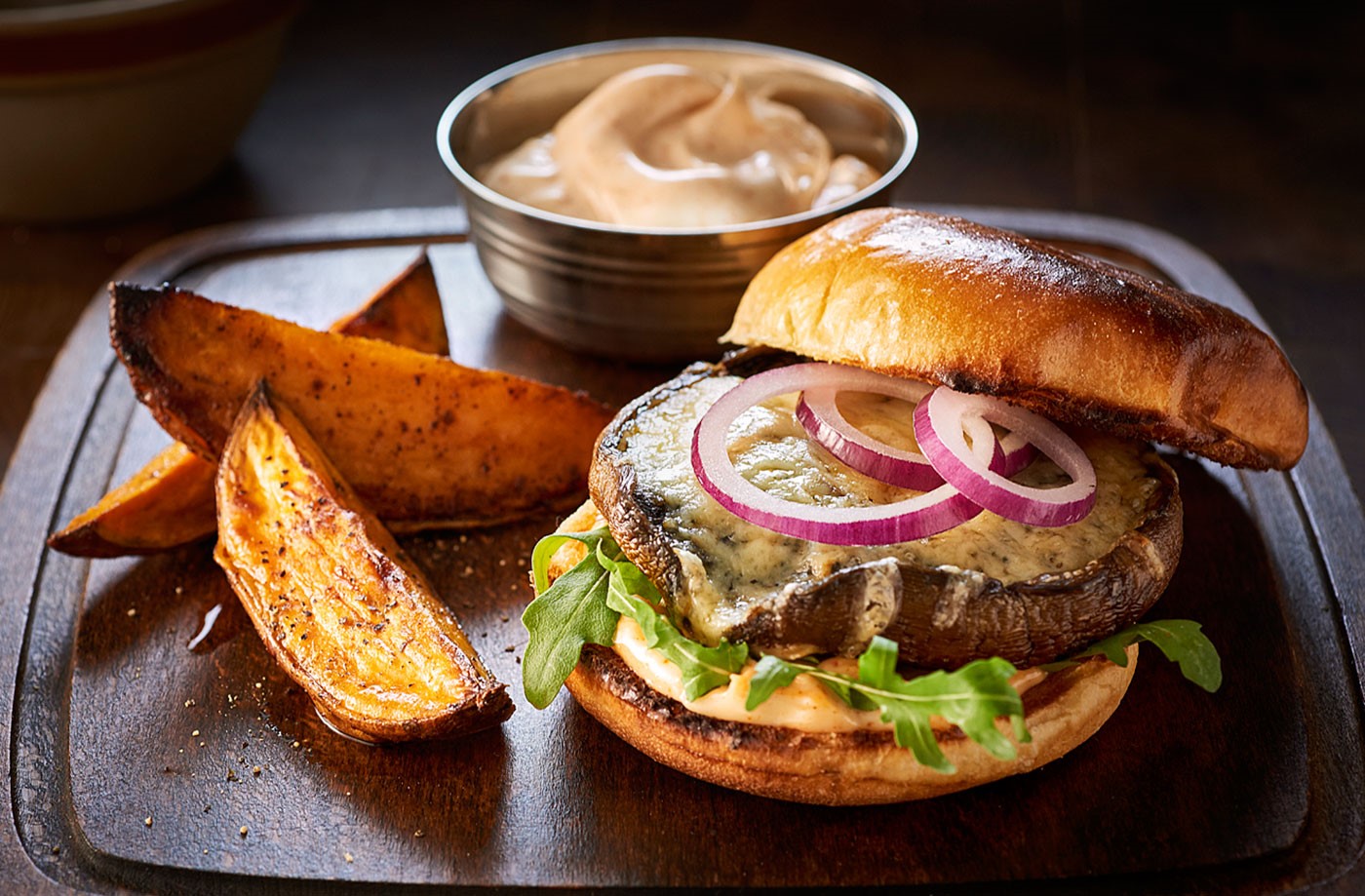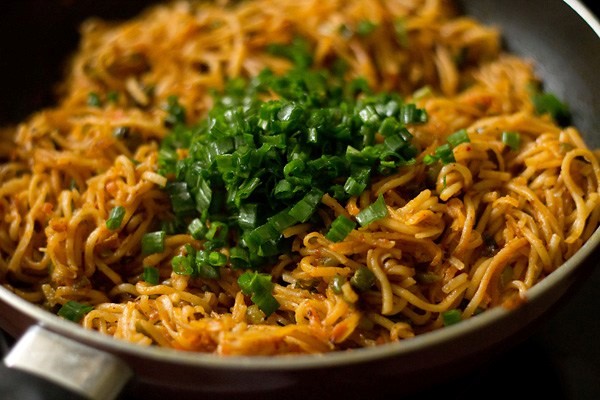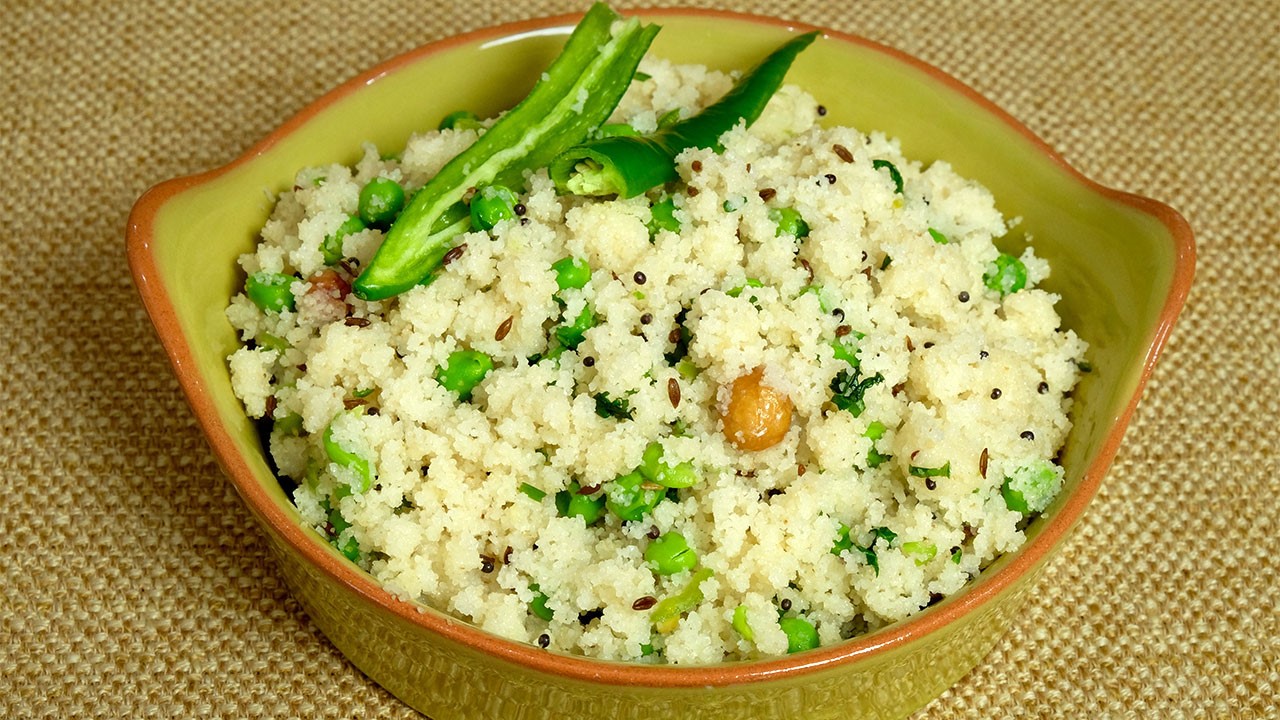Preventing Heart Disease: From Your Kitchen
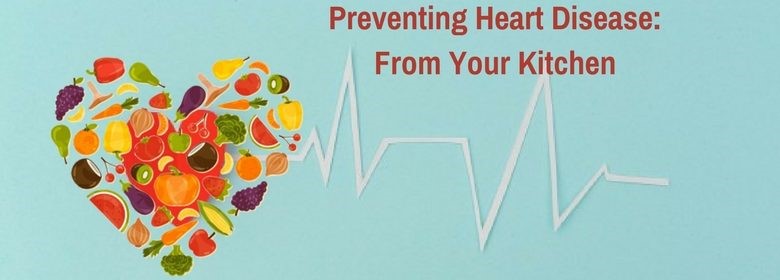
We all know the importance of heart health. Once you read up on the implications of heart disease, it’s hard not to worry about keeping ourselves healthy.
Prevention is often the key to a healthy life, heart health-wise. You’re much better off adopting a healthy approach to nutrition. If you embrace healthy nutrition, you can nip heart health issues in the bud. If you’ve been diagnosed with a heart issue, you can follow these simple tips too.
Tip #1: Going Green
Before you dismiss all green leafy vegetables as ‘rabbit food’, take a second. Consider the benefits these can give you.
Incorporate greens like spinach, fenugreek, bok choy, lettuce and radish into your diet. All of these have extremely low fat content, amount to lower calorie counts, and are great sources of healthy natural fibre. Their rich mineral content is known to boost heart health, and even reduce the risk of cancer in your life.
Tip #2: Freedom From Fat
Our Indian diet is heavy on fats, rich as it is in ghee and various oils. Learn about the good and bad types of fat, and reduce how much fat gets in.
Absolute no-nos here: bakery products that are high in saturated fats and trans fatty acids, fried foods and heavy dairy products like ice cream, cheese, and cream. It’s also a good idea to switch to healthier oils like soybean oil, rice bran oil, and olive oil. Speaking of olive oil…
Tip #3: Embrace Olive Oil
This Mediterranean staple isn’t a common item on Indian kitchen shelves, but it should be.
Unlike other oils, olive oil isn’t bad for you. In fact, this ingredient is actually actively good for your health. Regular use helps you reduce the bad cholesterol in your body. Plus, olive oil contains monounsaturated fats and antioxidants, which are both great for heart health.
Swap out that can of sunflower oil in your kitchen with the goodness of olive oil, and you’ll see the results for yourself.
Tip #4: Try Soy
Soybean curds (what we get in stores as tofu) are great. You can get both chunks of it, or their minced version. They can substitute red meats in your diet, helping you keep cholesterol intake under control.
As a bonus, you’ll be cutting out dangerous unsaturated fats from your body.
Try these simple tips, and you’ll have a head start on the road to healthier cooking. Your heart health is in your hands, so try and set things right before heart disease creeps up on you!
References:

